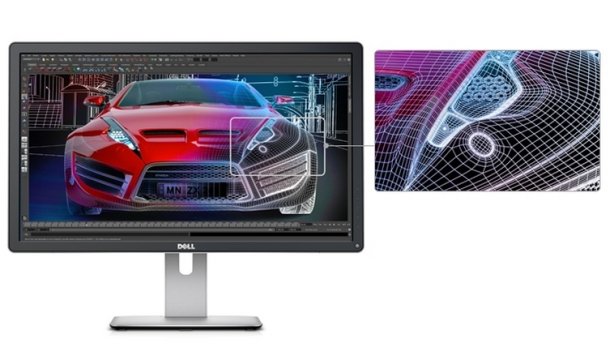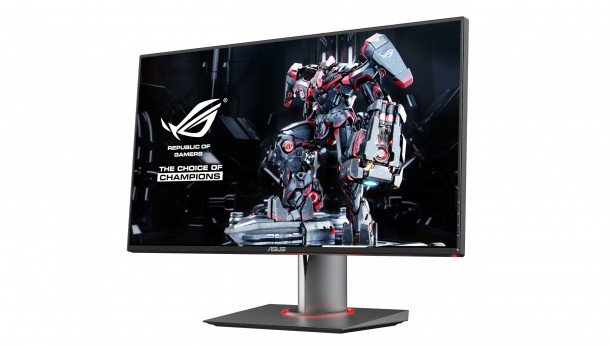Dell's affordable 4K screen is a compromise too far for PC gaming

Back at the beginning of December I got excited about the prospect of actually affordable Ultra High Definition (UHD) screens coming to our desktops in the very near future. As well as announcing the 24-inch UP2414Q - a lovely IPS IGZO panel with a hefty price-tag - Dell also hinted at a sub-$1,000 28-inch 4K screen.
That sounded perfect for PC gamers hoping for affordable 4K screens in future. Sadly it looks like this particular screen was a little too good to be true.
Despite the uber-res of 3840x2160, and a reported 5ms response time, the P2815Q is restricted to just a 30Hz refresh rate when running at its native resolution. That's simply not good enough for PC gamers.
It's a real shame as Dell had been showing the screen off at CES last week in Vegas, and framed the $699 monitor as a great choice for 4k gaming. When I first heard the reports that it was restricting the panel refresh to 30Hz at 3840x2160 I had hoped that was purely on the aging HDMI connection, but sadly it's the same for the DisplayPort connection too.
Dell has had to make that compromise, along with using a twisted nematic (TN) panel instead of an in-plane switching (IPS) option, in order to keep the price of their 28-inch monitor down. But for gamers it's just a compromise too far.
I had the impressive (though frighteningly expensive) Asus PQ321Q running at 30Hz while I was struggling to get the big screen running happily with my test rig and its simply not a pleasant experience no matter how big the resolution is.

But while 4K is a possible future for PC gaming, it's still a way off becoming anywhere near a mainstream option. What you can get very soon though are some rather lovely-looking 27-inch 120Hz G-Sync screens, like Asus' RoG Swift PG278Q. I'm hoping to get my mitts on one when they arrive in the Spring.
The biggest gaming news, reviews and hardware deals
Keep up to date with the most important stories and the best deals, as picked by the PC Gamer team.

Dave has been gaming since the days of Zaxxon and Lady Bug on the Colecovision, and code books for the Commodore Vic 20 (Death Race 2000!). He built his first gaming PC at the tender age of 16, and finally finished bug-fixing the Cyrix-based system around a year later. When he dropped it out of the window. He first started writing for Official PlayStation Magazine and Xbox World many decades ago, then moved onto PC Format full-time, then PC Gamer, TechRadar, and T3 among others. Now he's back, writing about the nightmarish graphics card market, CPUs with more cores than sense, gaming laptops hotter than the sun, and SSDs more capacious than a Cybertruck.

